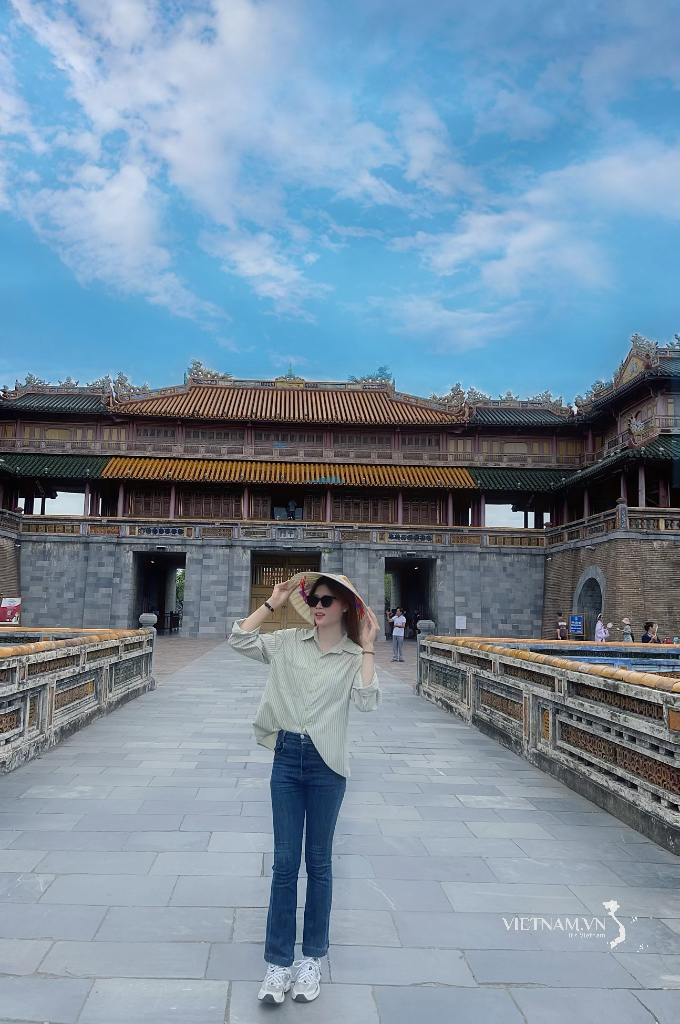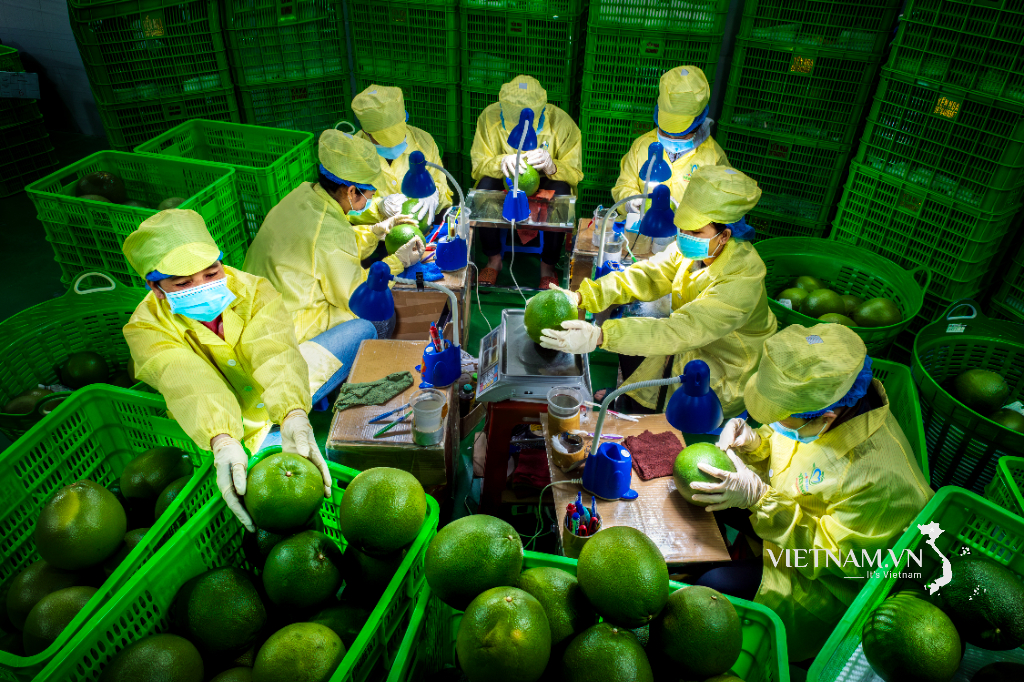In 1965, Thai Nguyen was merged with this province to form a single province with a population of nearly 1.3 million people.
1. Which province was once merged with Thai Nguyen?
- Bac Giang0%
- Tuyen Quang0%
- Lang Son0%
- Bac Kan0%Exactly
In 1965, with the approval of the Standing Committee of the National Assembly, the two provinces of Bac Kan and Thai Nguyen were merged to form Bac Thai province. The initial administrative units of the province included Thai Nguyen city, Bac Kan town, and 12 districts. In 1996, the 9th National Assembly passed a resolution dividing Bac Thai province to re-establish Thai Nguyen and Bac Kan provinces. The two districts of Ngan Son and Ba Be were transferred from Cao Bang province to Bac Kan.
2. Is it true or false that this province has the fewest people in the country?
- Wrong0%
- Correct0%Exactly
Bac Kan is a mountainous province located in the central inland area of the northeastern region of Northern Vietnam, covering nearly 4,900 square kilometers. As of 2023, Bac Kan's population was 326,500 people, the lowest among the 63 provinces and cities nationwide. According to the Bac Kan Information Portal, the Tay ethnic group is the most numerous in the province, accounting for over 50%; followed by the Dao ethnic group at over 17%, the Kinh ethnic group at nearly 12%, and the Nung ethnic group at over 9%... The population density of the province is 67 people/km2.
Besides Bac Kan, several other provinces also have low populations, such as Lai Chau, Cao Bang, and Kon Tum...
3. Lake Ba Be in this province is the ______ largest natural freshwater lake in Vietnam.
- 10%
- 20%
- 30%
- 40%Exactly
Ba Be Lake is the largest natural freshwater lake in Vietnam. The lake covers an area of approximately 650 hectares and is located in Nam Mau commune, Ba Be district, Bac Kan province.
The lake is located 70km northwest of Bac Kan city and is situated within Ba Be National Park. In 1995, Ba Be Lake was recognized by the World Freshwater Lakes Conference as one of the 20 particularly important freshwater lakes requiring protection.
In 2004, Ba Be National Park was recognized as an ASEAN Heritage Park. In 2012, the Prime Minister signed a decision classifying Ba Be Lake Scenic Area as a Special National Monument.
4. What is the local name for Ba Be Lake?
- Slam Pé0%
- Pé Lù0%
- Pé Lèng0%
- Little Mistake0%Exactly
For over 2,000 years, the Tay people have settled around the Ba Be Lake area and have become the majority ethnic group there. In the Tay language, Ba Be Lake means "Slam Pé" or "three lakes." This name originates from the fact that the lakebed is divided into three interconnected lakes by limestone mountain ranges, separated by narrow waterways. The Tay people call these smaller lakes Pé Lầm, Pé Lù, and Pé Lèng, respectively.
Ba Be Lake is located at an altitude of 145m above sea level, surrounded by limestone mountain ranges with many caves and underground streams. The average depth of the lake reaches 20-25m during the rainy season and about 10m during the dry season.
5. What teachings did Ho Chi Minh impart to the youth in this province?
- A year begins in spring / A life begins in youth / Youth is the spring of society.0%
- Nothing is impossible / Only a lack of perseverance is to be feared / Moving mountains and filling seas / With determination, anything can be achieved.0%
- Don't ask what the country has done for us, but ask what we have done for the country.0%
- Wherever young people are needed, they are there; wherever there are difficulties, young people will overcome them.0%Exactly
In 1951, President Ho Chi Minh, during a working trip, visited the 312th Youth Volunteer Brigade, which was tasked with ensuring traffic on Highway 3 to support the resistance war at Na Cu Bridge, Na Tu village, Cam Giang district, Bac Kan province. After cordially inquiring about their well-being, President Ho Chi Minh reminded all officers and members to have a work plan, overcome difficulties, unite, and organize emulation campaigns effectively to quickly complete their tasks. In particular, he dedicated four immortal verses to this youth volunteer unit:
"Nothing is impossible."
The only fear is a lack of perseverance.
Digging mountains and filling seas.
"With determination, anything can be achieved."
The intimate meeting between Uncle Ho and the 312th Youth Volunteer Brigade in the Na Tu forest lasted about an hour, but Uncle Ho's teachings became the guiding principles for action during the years of resistance against French colonialism and American imperialism, accompanying Vietnamese youth throughout the stages of building and defending the Fatherland.
In 1996, the Ministry of Culture and Information (now the Ministry of Culture, Sports and Tourism) decided to recognize and classify Na Tu Relic as a National Historical Relic.
- A year begins in spring / A life begins in youth / Youth is the spring of society.
Topic:
Vietnamese geography
geography test
Featured News
- Slam Pé
- 1
- Wrong
Source: https://vietnamnet.vn/thai-nguyen-tung-duoc-sap-nhap-voi-tinh-nao-2350509.html





![[Photo] Prime Minister Pham Minh Chinh presides over a meeting on private sector economic development.](/_next/image?url=https%3A%2F%2Fvphoto.vietnam.vn%2Fthumb%2F1200x675%2Fvietnam%2Fresource%2FIMAGE%2F2025%2F12%2F20%2F1766237501876_thiet-ke-chua-co-ten-40-png.webp&w=3840&q=75)

![[Photo] Prime Minister Pham Minh Chinh presides over the conference announcing the establishment of the International Finance Centre in Vietnam.](/_next/image?url=https%3A%2F%2Fvphoto.vietnam.vn%2Fthumb%2F1200x675%2Fvietnam%2Fresource%2FIMAGE%2F2025%2F12%2F21%2F1766309817714_ndo_br_dsc-3400-jpg.webp&w=3840&q=75)

































































































Comment (0)